NFPA Webinar, Other Resources Aim to Help Professionals Gather Knowledge to Improve Electrical Safety in the Workplace
National Fire Protection Association
JUNE 29, 2023
NFPA 70E®, Standard for Electrical Safety in the Workplace®, requires that all employers implement and document an overall ESP that directs activity appropriate to the risk associated with electrical hazards. This includes information on training qualified persons, as well as identifying and eliminating electrical hazards.


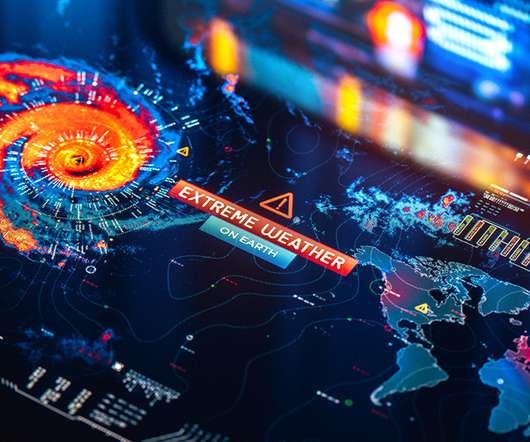
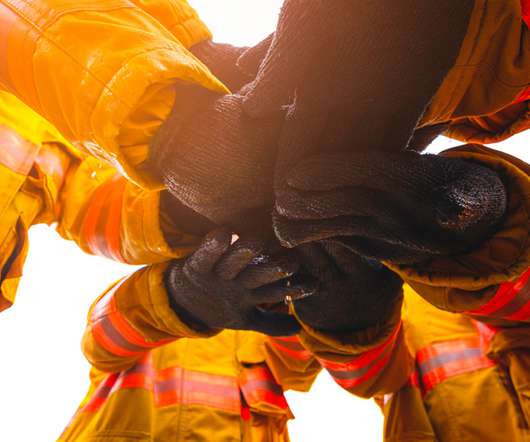



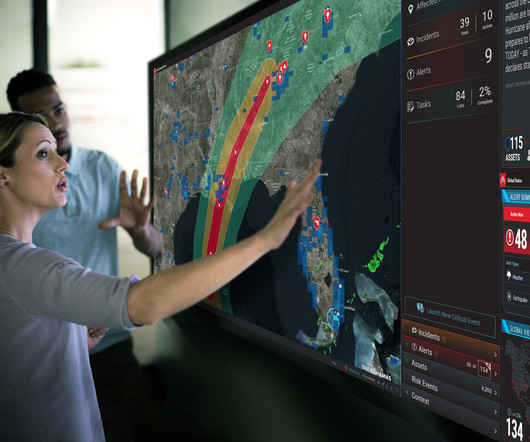
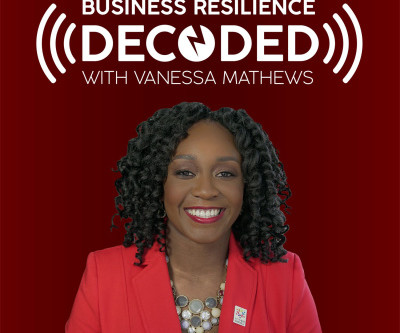
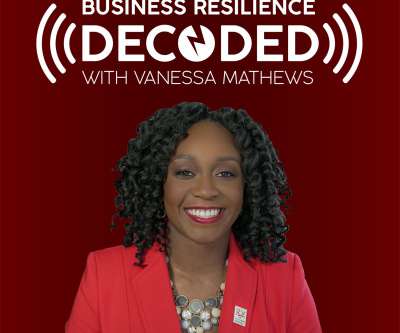







Let's personalize your content